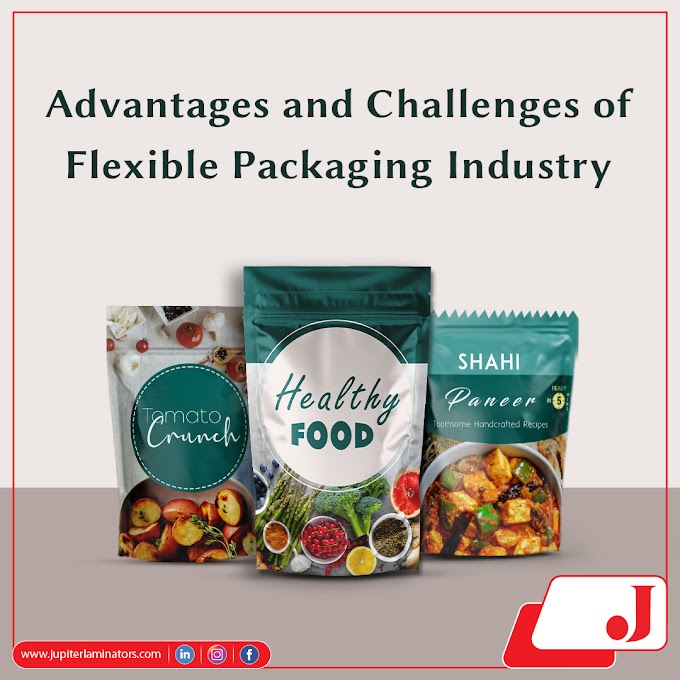Combustion is the controlled burning of
waste in a designated facility—is a more and
more engaging various for waste that can't be recycled
or composted. Whereas, landfill offer environmentally sound disposal
of any remaining product and residues of exercise and combustion
operations. But in food packaging, are
the process of combustion and land filling is important? Let’s have a quick
read on this!
Combustion/incineration
Combustion is the process of burning the waste
that can’t be recycled and thus reduce the wastage that comes from food packaging in the atmosphere. In fact, plastics are derived
from fossil fuel feed stocks and possess a
high enthalpy that's advantageous for
waste‐to‐energy burning. There are three forms
of incinerators, conjointly referred to as municipal waste
combustors (MWCs): mass‐burn incinerators, refuse‐derived fuel incinerators,
and standard combustors.
1. Mass‐burn incinerators: Mass‐burn
incinerators settle for every kind of waste apart
from things that are large to travel through the
feed system. Integrated waste is placed on a grate that moves through the
combustor whereas air is forced into the system higher
than and below the grate to push complete combustion. Mass‐burn
incinerators are distinct from alternative MWCs as a
result of they burn the waste during a single stationary chamber
and are usually created on web site. Most mass‐burn
facilities are put in with boilers to recover the combustion
heat for energy production.
2. Refuse‐derived fuel incinerators:
Refuse‐derived fuel (RDF) incinerators use waste that has been preprocessed to
get rid of non-combustibles and recyclables. The combustibles are chopped into a
regular fuel that incorporates a higher
heating worth. RDF facility is also equipped for
under process or combustion, or both.
3. Standard combustors: Modular combustors like, standard combustors settle
for all waste while not preprocessing however is usually smaller
than mass burn. They're sometimes pre-fab off web
site and may be quickly
assembled where they're required.
Land
filling
In food packaging, the placement and
operation of landfills are ruled by federal and state laws,
and today's landfills are fastidiously designed
structures within which waste is isolated from the
encompassing setting and groundwater. Properly designed lowland manages
leachate associate degreed collects lowland gases (methane and
others) for potential use as an energy supply.
Having skillful or emerged from lowland waste, leachate
contains soluble, suspended, or compatible materials from the waste. The
growing awareness of environmental issues, together
with enhanced use of artificial packaging materials in
food packaging coupled with slow degradation
in landfills, has prompted the event of
advanced lowland technology, environmental laws for
landfills, and perishable packaging materials. Trendy landfills are well built to
forestall environmental contamination and managed to make
sure compliance with federal laws or equivalent state laws.




0 Comments